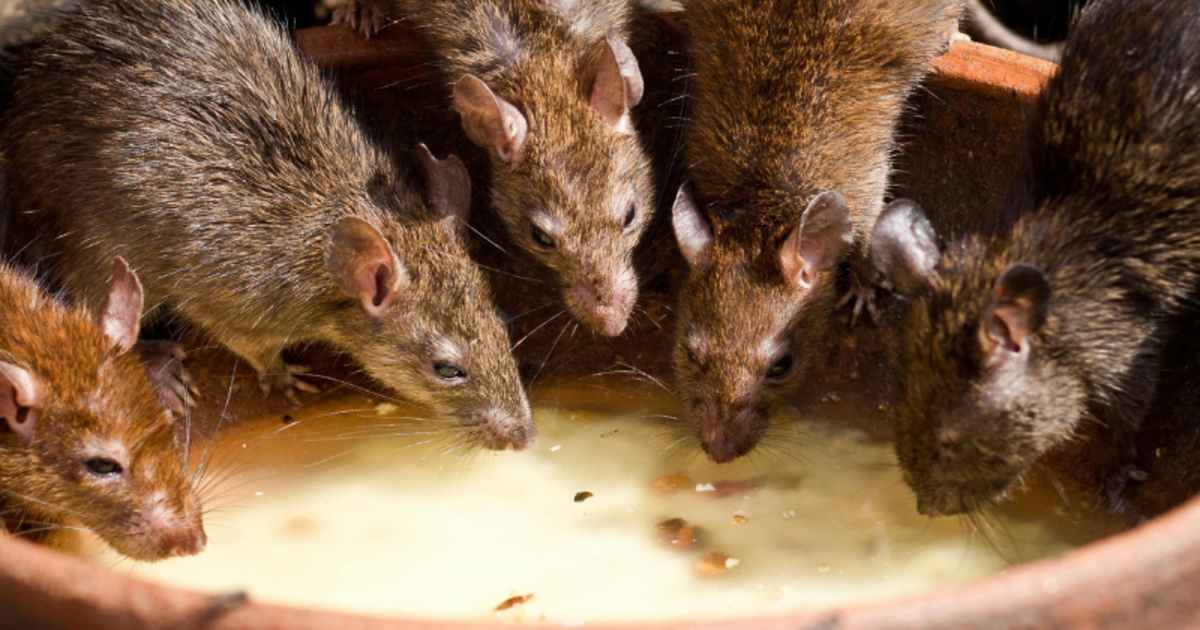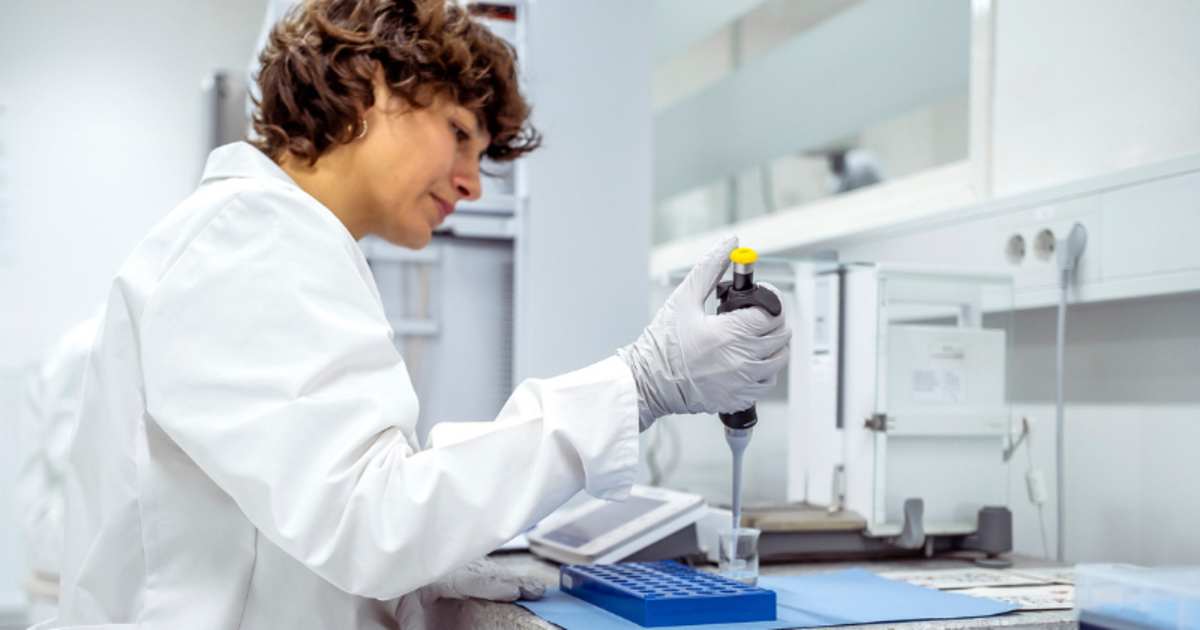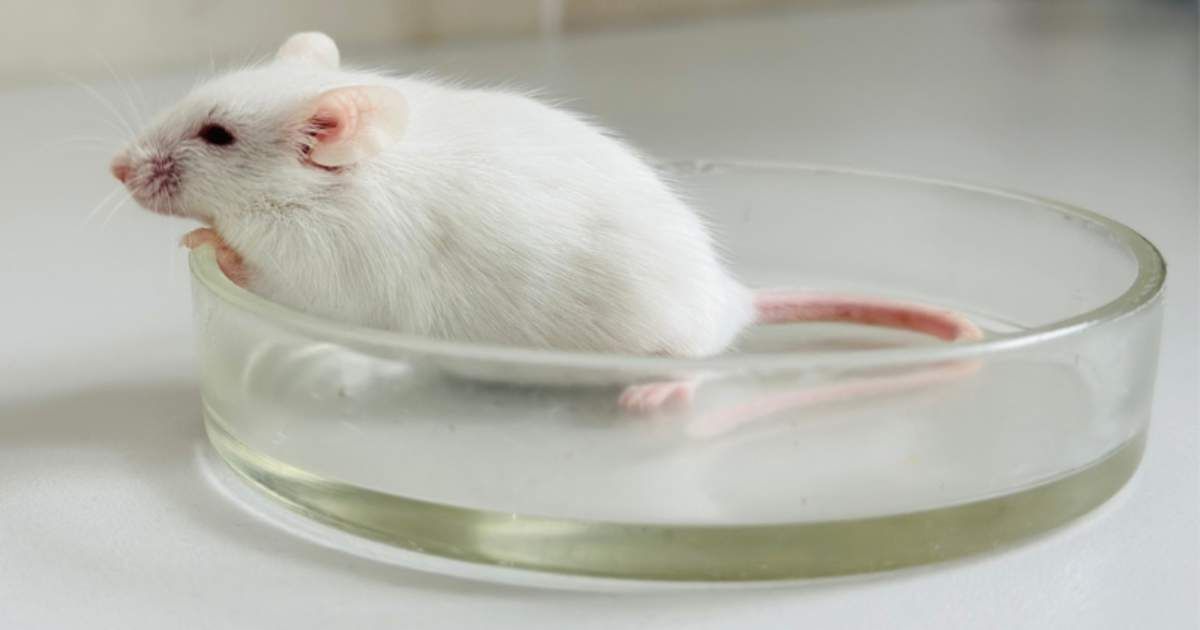Scientists injected a fragment of 40,000-year-old genetic material into laboratory mice, revealing skeletal changes from a variant’s effects.
Scientists looked into the effects of a genetic variant possessed by both Neanderthals and Denisovans. The ancient genetic code was inserted into laboratory mice to understand how it contributed to the body shape of our ancestors. The 40,000-year-old genetic material resulted in altered bone structures and other unexpected traits, according to a study published in the journal Frontiers. They used CRISPR gene editing technology to insert an archaic variant of the GLI3 gene, linked to skeletal development. The scientists at Kyoto Prefectural University of Medicine introduced this ancient DNA segment to assess its role in shaping skeletal anatomy.

Bunch of Rats Feeding From a Bowl (Representative Image Source: Pexels | Photo by Vincent M.A. Janssen)
Injecting Mice With Ancient Variant
The GLI3 gene showed wider craniums in a few of the mice that were edited with it, compared to their unmodified counterparts. Some also showed fewer numbers of vertebrae or unusual rib configurations, which aligned with the older genetic template. These modifications were not random anomalies, but specific skeletal features, according to Earth.com. Researchers noted that these modifications pointed to structural changes once found in extinct hominins. The archaic version of the GLI3 gene slowly adjusted how early bone patterning genes behaved. It stopped severe birth defects, still pushing the animal skeletons in unexpected directions.

A lab worker analyzes samples with a pipette in a modern laboratory environment. (Representative Image Source: Getty Images | Photo by Sanjeri.)
Unprecedented Genetic Changes
Knewz.com noted that these skeletal changes were dependent on each mouse’s broader genetic makeup. Some mice showed extra rib formation at the 14th thoracic position, while others had scoliosis-like rib angles. Some had quicker fusion of skull plates, which prompted a larger skull shape over time. None of the mice exhibited polydactyly, a characteristic linked to major GLI3 gene disturbances, which was interesting. It indicated that the archaic variant retained the gene’s essential functions while selectively modifying certain skeletal features. This aspect of development in the mice likely mirrored developmental paths visible in archaic humans.
Modified Versions of Genetic Material
The version of the GLI3 gene in Neanderthals and Denisovans was slightly altered, in which an amino acid at one end of the coding region was substituted. However, an abnormal number of digits or life-threatening cranial defects were not studied in any of these ancient species. These extinct hominid species had various morphological characteristics that differed from modern humans, according to IFLScience. It included “elongated and low crania, larger brow ridges, and broader rib cages.” The faulty version of the gene initially injected into the mice to reveal the effects was proof that a functioning version was essential for healthy embryonic growth.

A group of brown rats (Representative Image Source: Getty Images | Photo by Andyworks)
Modifications Influenced by Conditions
The results were immediate, and this was one of the clearest demonstrations yet of how specific ancient genes influenced skeletal morphology. It showed the biological differences that separated early human species from modern humans. The R1537C variant had a more subtle influence on the mice’s development, according to the Daily Galaxy. It was revealed by the fact that the modified mice showed the effects without suffering from the severe developmental issues typically associated with gene mutations. This genetic material of the ancient species was known to exist in a small number of the modern population.

